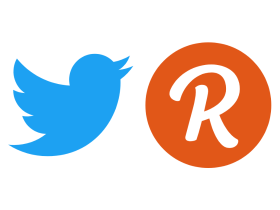On May 25, Google finally rolled out its Fuchsia OS on its first consumer device, the first-generation Nest Hub. They’ll be releasing the software for the first-gen Nest Hub first, followed by a whole bunch of other devices in the near future. All things considered, Google seems, by all accounts, to be moving warily with this rollout, moving throughout months, as switching operating systems is not a simple update. The company first announced it back in 2016 and has been working on it ever since. The OS is open-source and is based on a microkernel, called Zircon.

The first users that’ll get Fuchsia OS on their first-generation Nest Hub will be those that are a part of Google’s Preview Program followed by other users later on. Although the Nest Hub will trade its present Cast OS for Fuchsia OS, 9to5Google notes that the experience is probably going to be practically indistinguishable, and most clients are probably not going to notice the switch. From the user’s perspective, the device will not differ. It’ll be a point where Fuchsia OS is affirmed to bring a 100% steady and comparable or even better insight to Google devices that we’ll begin to see functionality that differs from what we already have on the device
This does indeed raises the question that where will Fuchsia OS lead to? Google calls it a “production-grade operating system that is secure, updatable, inclusive, and pragmatic.” Although Fuchsia is not meant to replace or substitute Android or Chrome OS, Google has been spotted testing the OS on Pixelbooks back in 2018 and quite recently proposed it as an answer for how it could run Android and Linux applications.



